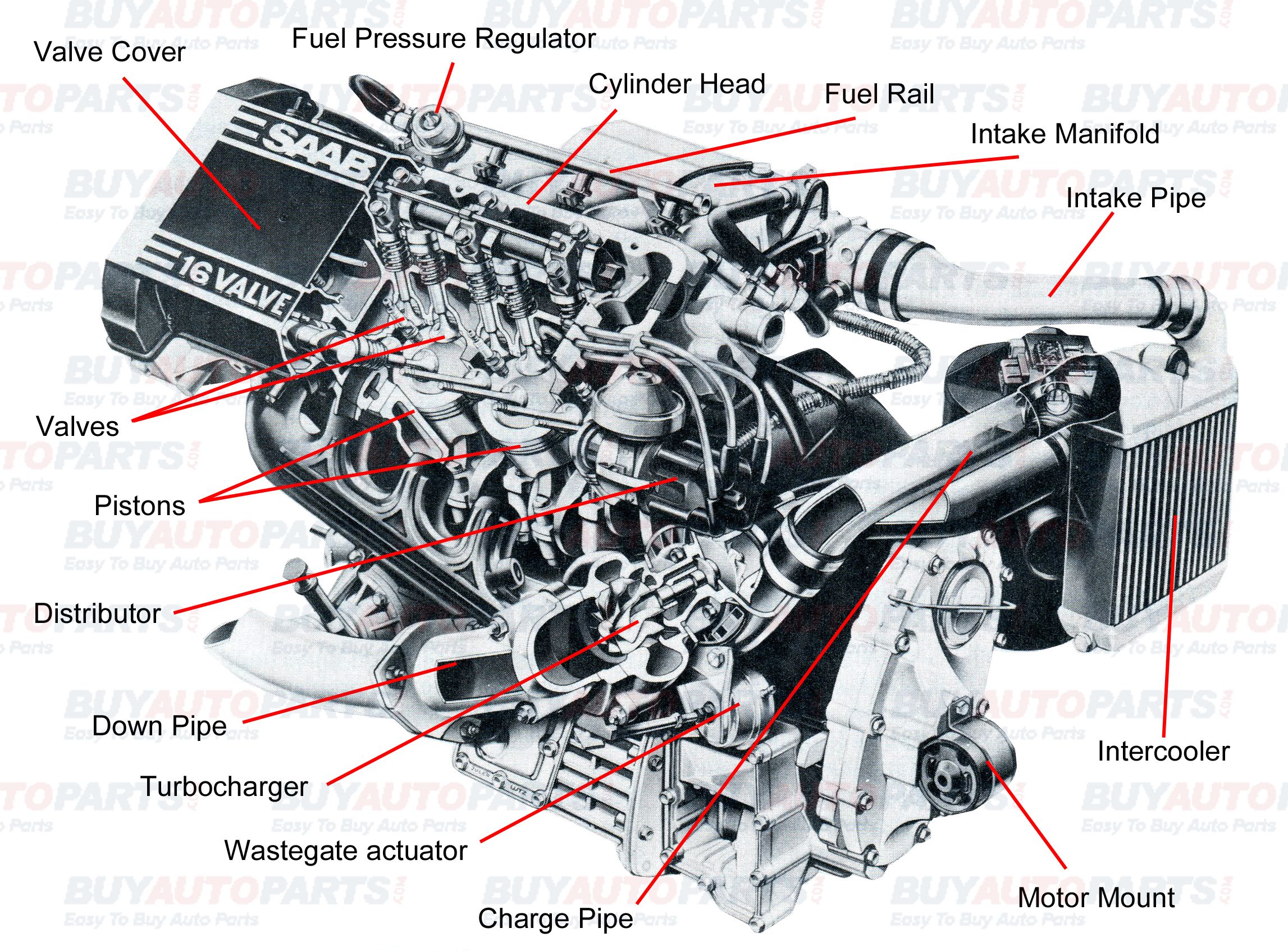How Heavy Is A V8 Engine

So, you're thinking about swapping a V8 into your project car, or maybe you're just curious about how much that lump of iron sitting in your engine bay *actually* weighs. That's a smart question! Knowing the weight of a V8 engine is crucial for several reasons, from choosing the right engine hoist to calculating the added stress on your chassis and suspension. It also matters if you're planning on shipping an engine or just want to be prepared for engine removal.
Why Weight Matters: The Purpose of Knowing V8 Engine Weight
Why do we care about the weight of a V8 engine? The answer boils down to these key areas:
- Repair and Maintenance: Knowing the weight allows you to choose the correct engine stand and lifting equipment. Trying to lift a 600lb engine with a 500lb hoist is a recipe for disaster.
- Engine Swaps and Modifications: When swapping engines, weight distribution is paramount. A heavier engine can dramatically alter handling characteristics and require suspension upgrades to compensate. Understanding the *center of gravity* shift is vital.
- Performance Tuning: Weight is the enemy of performance. Every pound added slows you down. Swapping to a lighter engine, even if it means a slight power decrease, can sometimes improve overall performance.
- Shipping and Handling: Knowing the exact weight is essential for accurate shipping quotes and ensures proper handling during transport.
Key Specs and Main Parts Contributing to Weight
The weight of a V8 engine varies considerably depending on its displacement, materials used in its construction, and the presence (or absence) of accessories. Here's a breakdown of the main factors:
- Engine Block Material: Cast iron blocks are significantly heavier than aluminum blocks. An iron block small block Chevy might weigh around 575 lbs complete, while an aluminum block version of the same engine could be 100-150 lbs lighter.
- Displacement: Generally, a larger displacement V8 will weigh more than a smaller one due to increased material. A big block (like a 454 Chevy) is substantially heavier than a small block (like a 350 Chevy).
- Accessories: Items like the alternator, starter, air conditioning compressor, power steering pump, and exhaust manifolds all add weight. A "long block" (block, heads, and rotating assembly) is lighter than a "complete" engine.
- Cylinder Heads: Cast iron heads are heavier than aluminum heads. Aftermarket cylinder heads are frequently lighter than OEM heads.
- Rotating Assembly: The crankshaft, connecting rods, and pistons contribute significantly to the overall weight. Forged components are typically heavier than cast components.
Typical V8 Weights (Approximate):
- Small Block Chevy (Iron Block, Complete): 575-625 lbs
- Small Block Chevy (Aluminum Block, Complete): 450-500 lbs
- Big Block Chevy (Iron Block, Complete): 685-725 lbs
- Ford Small Block (302/351W, Iron Block, Complete): 500-550 lbs
- Ford Modular (4.6L/5.4L, Aluminum Block, Complete): 450-500 lbs (early 4.6L had iron blocks, weighing more)
- LS Series (Aluminum Block, Complete): 400-450 lbs
- Chrysler Hemi (Iron Block, Complete): 650-700 lbs
These are just ballpark figures. Always consult the manufacturer's specifications or weigh the engine yourself for accurate results.
How It Works: A Simplified View
At its core, a V8 engine operates on the principle of converting chemical energy (fuel) into mechanical energy (rotation). Here's a highly simplified explanation:
- Intake: The piston moves down, creating a vacuum that draws air and fuel into the cylinder.
- Compression: The piston moves up, compressing the air-fuel mixture.
- Combustion: The spark plug ignites the compressed mixture, causing a controlled explosion.
- Exhaust: The piston moves up, pushing the burnt gases out of the cylinder.
This cycle repeats rapidly in each of the eight cylinders, driving the crankshaft, which in turn transmits power to the wheels.
Real-World Use: Basic Troubleshooting Tips
Knowing the weight can be helpful in troubleshooting various issues:
- Excessive Front-End Sag: If your car's front end is sagging more than usual, it could be due to a heavier-than-stock engine. Consider upgrading your springs or using coil-overs.
- Handling Problems: A significant weight imbalance can cause handling issues like understeer or oversteer. A corner weight scale can help you diagnose and correct these problems.
- Engine Mount Issues: If you're constantly breaking engine mounts, it could be a sign that the mounts are not rated for the weight and power of the engine.
Basic Troubleshooting Checklist:
- Inspect Engine Mounts: Look for cracks, tears, or signs of wear.
- Check Suspension Components: Ensure that your springs and shocks are in good condition and are rated for the engine's weight.
- Verify Ground Clearance: Make sure your engine and exhaust system have adequate ground clearance, especially after an engine swap.
Safety: Risky Components and Precautions
Working with V8 engines involves certain safety risks. Here are some key areas to be aware of:
- Weight: As emphasized throughout, the sheer weight of the engine is a significant hazard. Always use appropriate lifting equipment and follow safe lifting practices. Never work under an engine supported only by a jack. Use sturdy jack stands.
- Hot Surfaces: Exhaust manifolds and other engine components can get extremely hot. Wear appropriate gloves and allow the engine to cool down before working on it.
- Flammable Liquids: Gasoline and other engine fluids are highly flammable. Work in a well-ventilated area and keep open flames away.
- Moving Parts: Keep hands and tools away from moving parts when the engine is running.
- Electrical Hazards: Disconnect the battery before working on the electrical system.
Always prioritize safety when working on your vehicle. If you are unsure about any procedure, consult a qualified mechanic.
We hope this overview helps you understand the importance of V8 engine weight. Keep in mind the numbers provided are approximate and can change based on build and parts added. Good luck on your next project!
